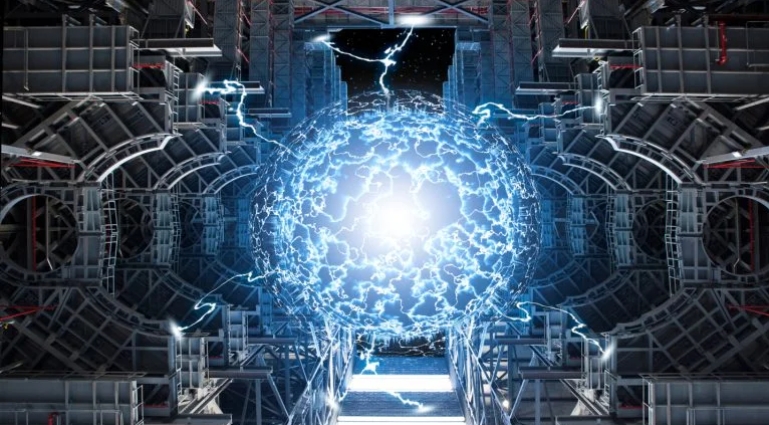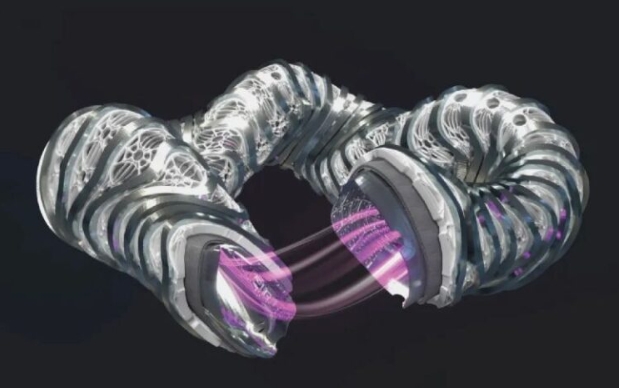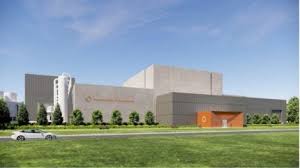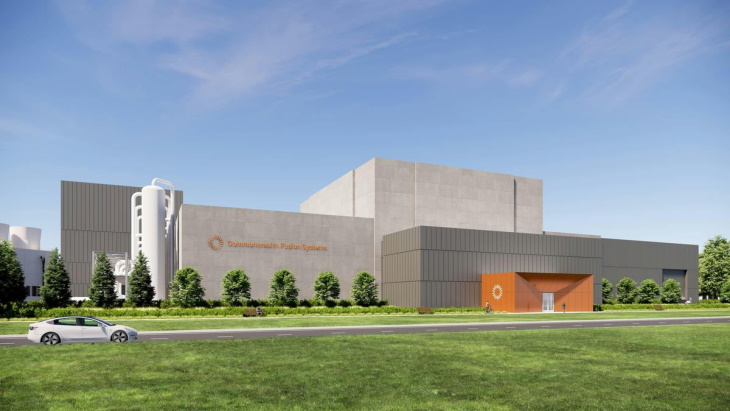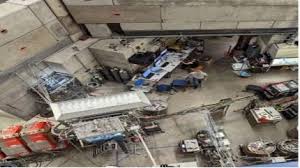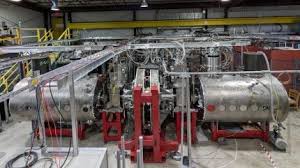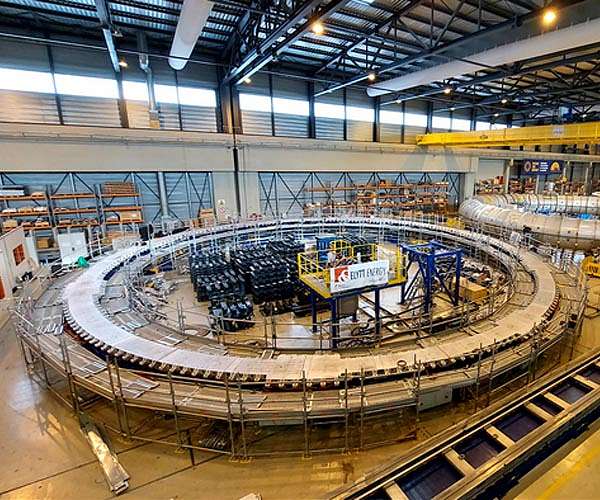The Japanese have been hesitant to re-embrace nuclear power following the triple reactor meltdowns at the Fukushima Daiichi plant in 2011, but there are indications that nuclear power could ramp up again in Japan sooner rather than later. Prime Minister Fumio Kishida, who has held his position for a little more than a year, has been a strong advocate for restarting many of the reactors in the island nation’s existing fleet, and in August, he also suggested Japan should look at developing next-generation reactors, as soaring energy costs have forced both a policy rethink toward nuclear power and a change in public opinion.
Japan relied heavily on nuclear power before the Fukushima units experienced partial meltdowns. Prior to 2011, about 30% of Japan’s electricity was supplied by nuclear power, and the percentage was expected to increase to at least 40% by 2017. That all changed after the disaster. All of Japan’s nuclear reactors were taken offline in the months that followed, and units have been slow to return to service.
The first reactor to come back online was Sendai Unit 1 (Figure 1) in August 2015. Unit 2 at the site followed in October that year. Since then, eight additional units have restarted, and another 15 reactors are at various stages in the process of gaining approval to restart, according to the World Nuclear Association (WNA). Two under-construction reactors (Ohma and Shimane 3) have also applied. “In light of the war between Ukraine and Russia, Japan’s prime minister announced that the country would accelerate the restart of nine units by winter 2022, and a further seven units by summer 2023,” the WNA has reported.
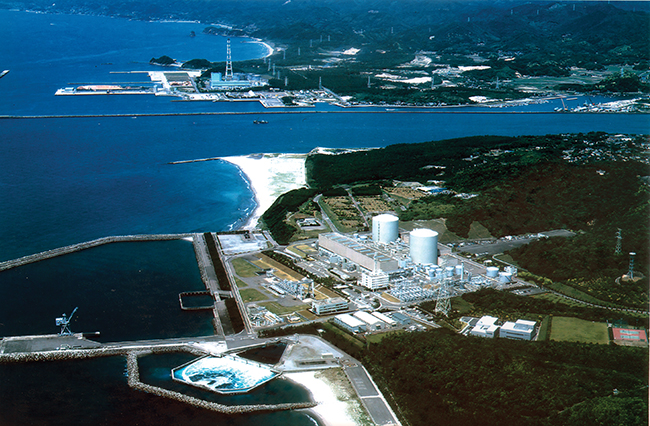 1. Sendai nuclear power plant in Sendai, Japan. Courtesy: Kyushu Electric Co.
1. Sendai nuclear power plant in Sendai, Japan. Courtesy: Kyushu Electric Co.
The restart process is not simple, however. Japan’s Nuclear Regulation Authority (NRA), which calls itself a “highly independent regulatory body,” requires both a safety assessment by its inspectors and a briefing of affected local governments by the operators. The assessment is based on new regulatory requirements formulated by the NRA in July 2013 after public consultation. In its rulemaking, NRA commissioners referenced safety guidelines of the International Atomic Energy Agency, Finland, France, and the U.S., as well as stress test rules and provisional 30-point measures issued in April 2012 by one of the NRA’s predecessor agencies.
Apart from local government consent, the NRA review process is split into three parts, but these can be carried out in parallel. Among the items required by the NRA procedures are review of tsunami protection, seismic approval, review of plant facilities, approval of the plant’s detailed design, and approval of the plant’s operational safety program. Pre-service inspections may be carried out upon receipt of the detailed design, which is reviewed in stage two, but typically take place after all three stages of review have been completed.
The WNA reports that pre-operational inspections—with reference to the engineering work program—took an average of 137 days for the five reactors that had restarted by the end 2016. For the five reactors that have returned to service since then, the inspections have taken more than 200 days on average.
Shinsuke Yamanaka, who has been an NRA commissioner since 2017 and recently replaced Toyoshi Fuketa as chairman of the agency, has suggested he’s open to speeding up the reactor examination process. During his inaugural news conference on Sept. 26, he said, “Our basic stance is to conduct strict inspections, but we are willing to take measures to expedite the regulation procedures and improve communications between us and nuclear plant operators.”
Meanwhile, there’s also a movement underway in Japan to extend the operating life of reactors. In December, Yamanaka outlined proposed changes that would allow units to operate beyond 60 years through additional safety inspections. Under current rules, which were adopted following the Fukushima accident, the operating life of nuclear reactors is capped at 40 years in Japan. However, reactor vessels that pass the NRA’s degradation inspections before reaching the 40-year mark can operate for an additional 20 years. The extension is allowed only once, so reactors must be decommissioned when they reach 60 years of age.
Under the new proposal, reactors in operation for 30 years would be required to undergo inspections for signs of degradation. If they pass the tests, the units would be allowed to operate for an additional 10 years. Every decade, the reactors would be required to undergo and pass additional degradation safety tests in order to continue operating. Under this arrangement, they could remain in operation beyond the 60-year limit, as long as they continue passing the tests.
Examples of aging degradation include reactor pressure vessel embrittlement through neutron exposure, corrosion of the outer containment vessel, and concrete strength deterioration. The safety risks associated with aging degradation increase over time.
Four Japanese reactors—Mihama 3, Takahama 1 and 2, and Tokai 2—have been in operation for more than 40 years. All of them have reportedly received approval for the 20-year extensions, but only one of them, Kansai Electric Power Co.’s Mihama 3 in Fukui Prefecture, has resumed operations. Seven additional operable reactors in Japan will reach the 40-year threshold within the next five years. Japan has 33 reactors classified as operable and two reactors under construction.

